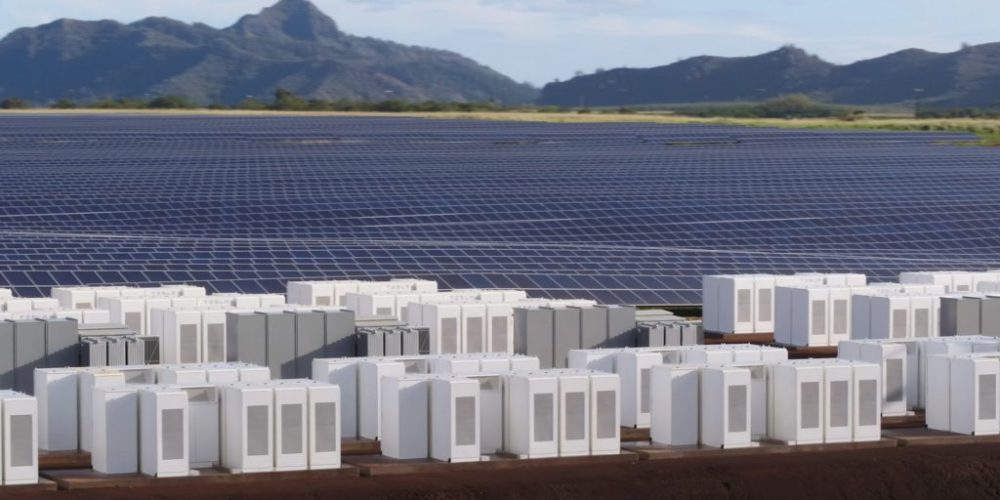Lithium-ion batteries, which were immature and expensive only a few years ago, saw spectacular gains in cost-competitiveness last year.
The latest analysis by research company BloombergNEF (BNEF) shows that the benchmark levelized cost of electricity, or LCOE, for lithium-ion batteries has fallen 35% to $187 per kWh since the first half of 2018. Meanwhile, the benchmark LCOE for offshore wind tumbled by 24%.
Onshore wind and photovoltaic solar have also become cheaper, with their respective benchmark LCOE reaching $50 and $57 per megawatt-hour for projects starting construction in early 2019— down 10% and 18% on the equivalent figures of a year ago.
Elena Giannakopoulou, head of energy economics at BNEF, commented: “Looking back over this decade, there have been staggering improvements in the cost-competitiveness of these low-carbon options, thanks to technology innovation, economies of scale, stiff price competition and manufacturing experience.
“Our analysis shows that the LCOE per megawatt-hour for onshore wind, solar PV and offshore wind have fallen by 49%, 84% and 56% respectively since 2010. That for lithium-ion battery storage has dropped by 76% since 2012, based on recent project costs and historical battery pack prices.”
The most striking finding in this LCOE Update, for the first-half of 2019, is on the cost improvements in lithium-ion batteries. These are opening up new opportunities for them to balance a renewables-heavy generation mix.
Plunging clean energy costs threaten coal and gas
Batteries co-located with solar or wind projects are starting to compete, in many markets and without subsidy, with coal- and gas-fired generation for the provision of ‘dispatchable power’ that can be delivered whenever the grid needs it (as opposed to only when the wind is blowing, or the sun is shining).
Electricity demand is subject to pronounced peaks and lows inter-day. Meeting the peaks has previously been the preserve of technologies such as open-cycle gas turbines and gas reciprocating engines, but these are now facing competition from batteries with anything from one to four hours of energy storage, according to the report.
Tifenn Brandily, energy economics analyst at BNEF, said: “Solar PV and onshore wind have won the race to be the cheapest sources of new ‘bulk generation’ in most countries, but the encroachment of clean technologies is now going well beyond that, threatening the balancing role that gas-fired plant operators, in particular, have been hoping to play.”
Although the LCOE of solar PV fell 18% in the last year, the great majority of that decline happened in the third quarter of 2018, when a shift in Chinese policy caused a huge global supply glut of modules, rather than over the most recent months.
*This article was amended on 13.09.2019 to change the title from “Li-ion battery prices fall to $187/MWh” to “Li-ion battery prices fall to $187/kWh”. Apologies for the discrepencay.
This content is protected by copyright and may not be reused. If you want to cooperate with us and would like to reuse some of our content, please contact: editors@pv-magazine.com.









By submitting this form you agree to pv magazine using your data for the purposes of publishing your comment.
Your personal data will only be disclosed or otherwise transmitted to third parties for the purposes of spam filtering or if this is necessary for technical maintenance of the website. Any other transfer to third parties will not take place unless this is justified on the basis of applicable data protection regulations or if pv magazine is legally obliged to do so.
You may revoke this consent at any time with effect for the future, in which case your personal data will be deleted immediately. Otherwise, your data will be deleted if pv magazine has processed your request or the purpose of data storage is fulfilled.
Further information on data privacy can be found in our Data Protection Policy.